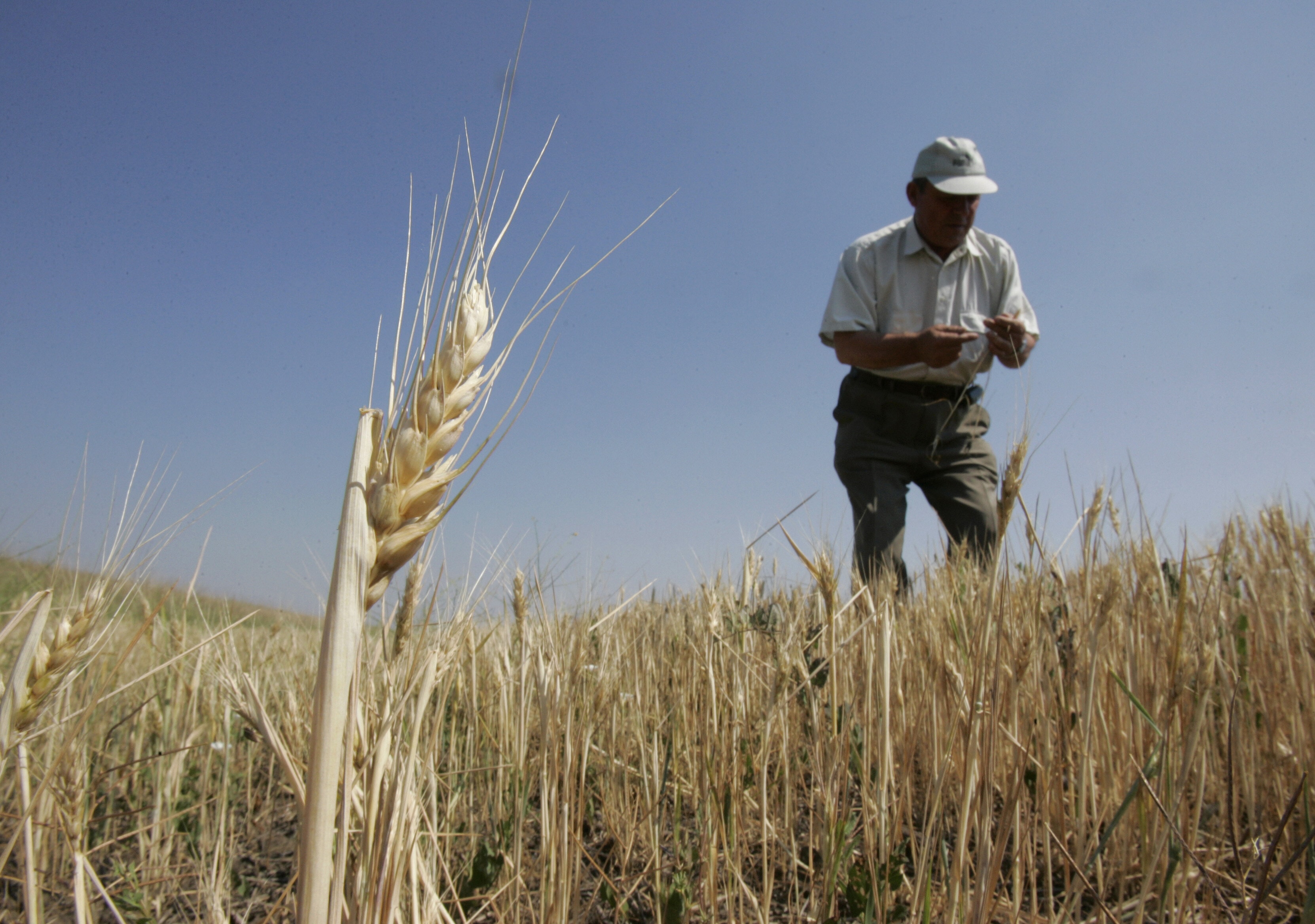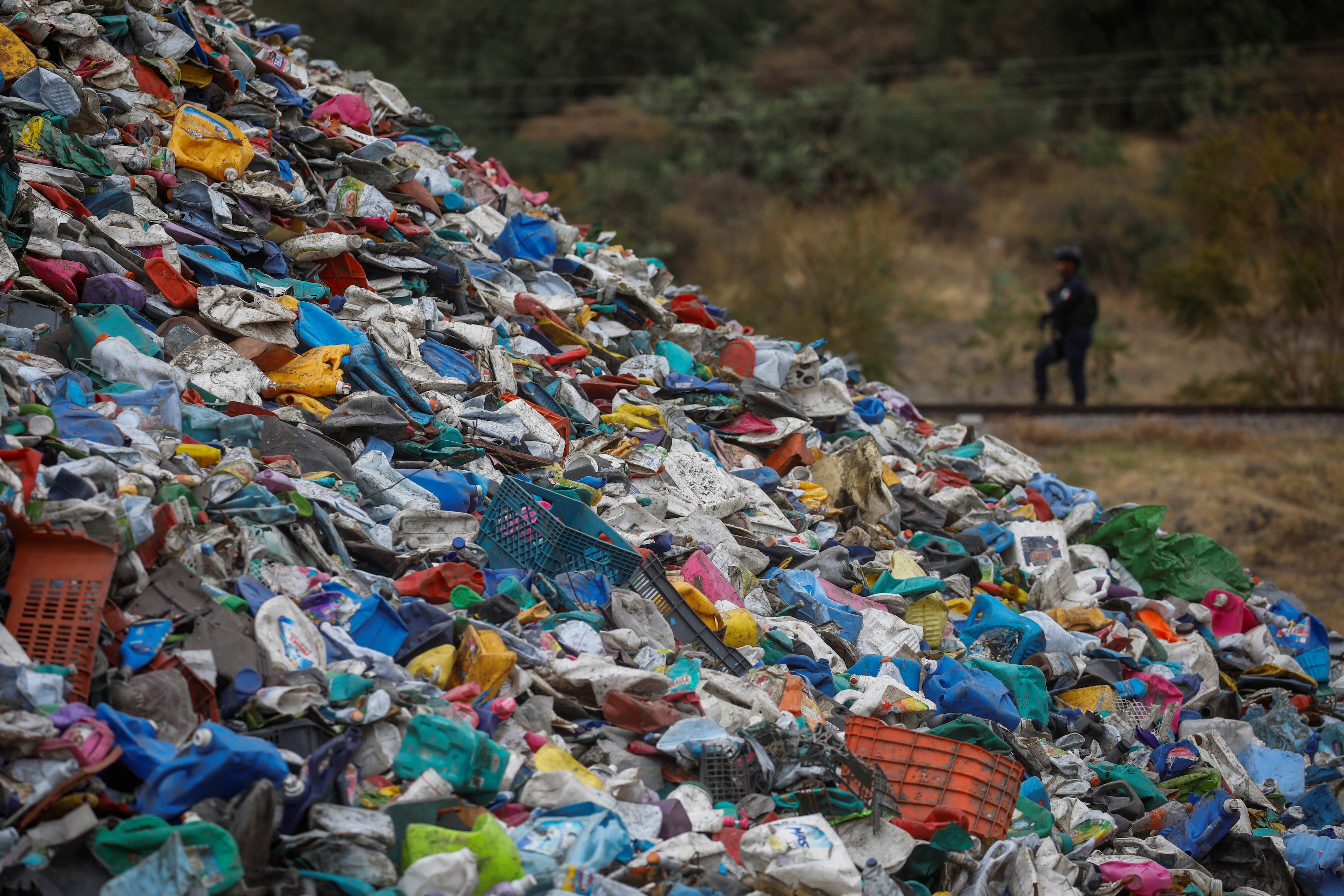Tropical cyclones in Asia could double in destructive power

Southeast Asian countries are set to suffer more severe tropical storms.
Image: REUTERS/Aly Song
Stay up to date:
Future of the Environment
- Over the recent decades, research has shown an increase in strong tropical cyclones, especially in east and southeast Asian countries, possibly influenced by heating oceans.
- Results from recent research show that tropical cyclones will almost double in destructive power over Asian inland regions in the future.
- The climate crisis will likely continue the increasing trend in landfalling typhoons and their impacts on inland regions, based on high-resolution climate model projections.
In a new paper published in Frontiers in Earth Science, researchers investigated how tropical cyclones’ destructive power has changed over the eastern and southeastern regions of Asia between 1979 (hereafter) and 2016. They found that, during the last four decades, there has been a notable increase of tropical cyclone inland impacts over the studied regions. Future projections showed that by the end of the 21st century, western north Pacific (WNP) tropical cyclones could have doubled in destructive power over inland regions.
Tropical cyclones are one of the most dangerous types of natural disasters. They carry several hazards, such as heavy rainfall, high winds, and storm surges, which, alone or combined, can damage property and threaten life. Over the past 50 years, tropical cyclones have caused almost 780,000 human fatalities and US$ 1,408bn in economic losses.
“The extreme precipitation (>150mm/hr) in June 2021 in Zhengzhou, China, was caused by the Typhoon In-fa and Typhoon Cempaka which transported abundant water vapor to Henan Province, China. The remnants of Hurricane Ida in September 2021 caused torrential rain in New York. Both disasters caused huge economic and human losses,” explained Dr Chi-Yung Tam at the Chinese University of Hong Kong.
Over the past decades, research has shown an increase of strong tropical cyclones, especially over east and southeast Asian countries. Climate models have suggested that the climate crisis could influence tropical cyclones. Other research has also shown that heating oceans could intensify their strength. If a cyclone intensifies in strength at landfall, this will extend its distance travelled inland and amplify its destructive power.
“Tropical storm-related hazards can definitely affect inland regions, and we should pay more attention to this, especially under the climate crisis,” continued Tam.
But research on the exact effects of the climate crisis on cyclones is still scarce, and little is known about which effects future, more intense tropical cyclones will have over land.
Stronger tropical cyclones
Tam and his colleagues wanted to study the impacts of the WNP tropical cyclone on eastern and southeastern Asian inland regions. To do so, they first analyzed historical tropical cyclone data from the last four decades (between 1979 and 2016). They then projected future changes of cyclone related impacts on these regions under the Representative Concentration Pathway 8.5.
What is the World Economic Forum doing about nature?
They found that, since 1979, there has been a dramatic increase of WNP tropical cyclone impacts on eastern and southeastern Asian inland regions. They observed stronger landfalling cyclones that last for longer periods and penetrate farther inland.
Overall, the landfalling cyclones have lasted between two and nine hours longer and have gone 30km-190km further inland (average of 100km). The most significant increase of tropical cyclone inland impacts occurred over Hanoi in Vietnam, and the south China region.
The researchers predict that compared to the present-day period (between 1979 and 2003), by the end of the 21st century (2075-2099), the average landfall intensity of tropical cyclones will increase by two meters per second (6%), while they will sustain for 4,9 hours longer (56%), and go 92,4km farther inland (50%). These results show that tropical cyclones will almost double in destructive power over Asian inland regions.
“The climate crisis will likely continue the increasing trend in landfalling typhoons and their impacts on inland regions, based on high-resolution climate model projections. More Asian inland regions may be exposed to more severe storm-related disasters in the future as a result of the climate crisis,” said Tam.
Accept our marketing cookies to access this content.
These cookies are currently disabled in your browser.
Don't miss any update on this topic
Create a free account and access your personalized content collection with our latest publications and analyses.
License and Republishing
World Economic Forum articles may be republished in accordance with the Creative Commons Attribution-NonCommercial-NoDerivatives 4.0 International Public License, and in accordance with our Terms of Use.
The views expressed in this article are those of the author alone and not the World Economic Forum.
Related topics:
Forum Stories newsletter
Bringing you weekly curated insights and analysis on the global issues that matter.
More on Nature and BiodiversitySee all
Tom Crowfoot
August 14, 2025
James Balzer
August 14, 2025
Tom Crowfoot
August 12, 2025
Pedro Gomez and Clemence Schmid
August 6, 2025
Tom Crowfoot
August 5, 2025






